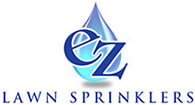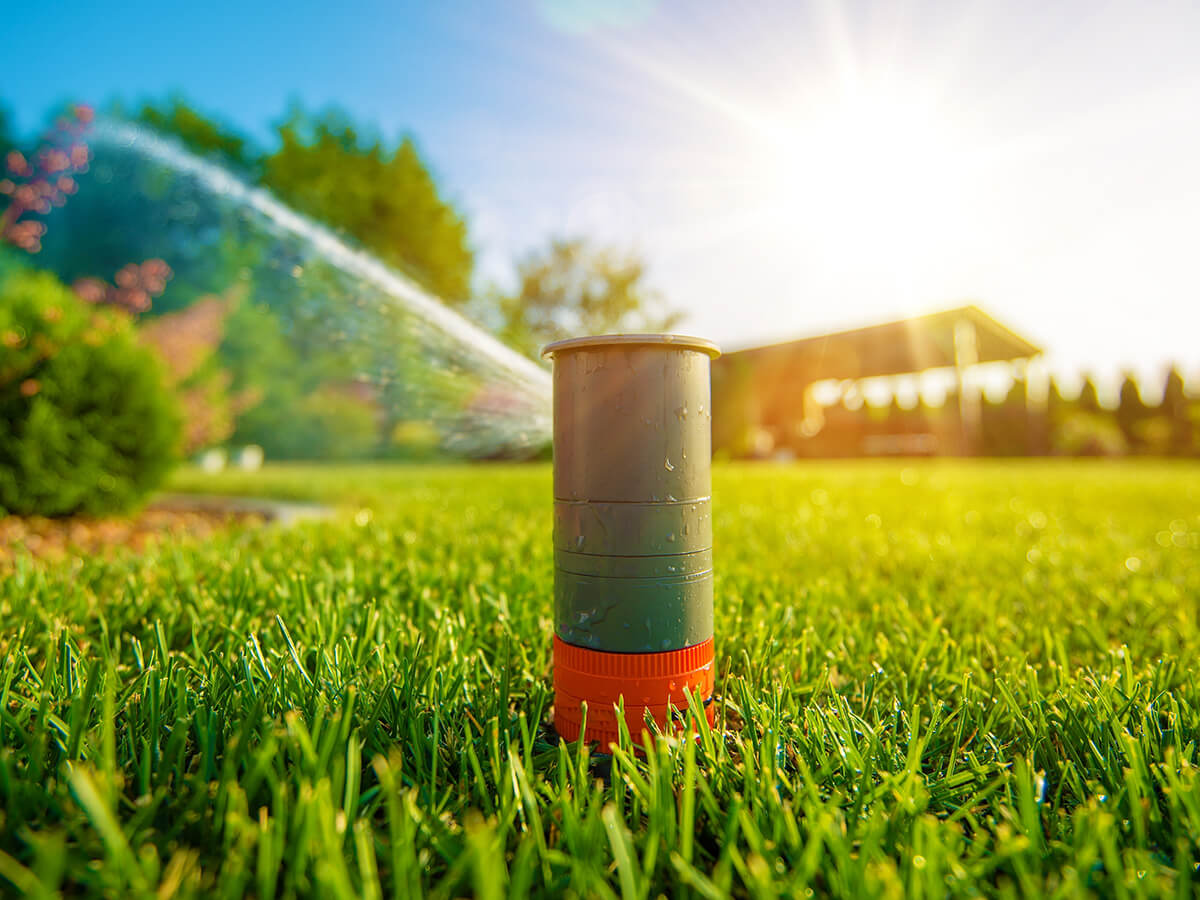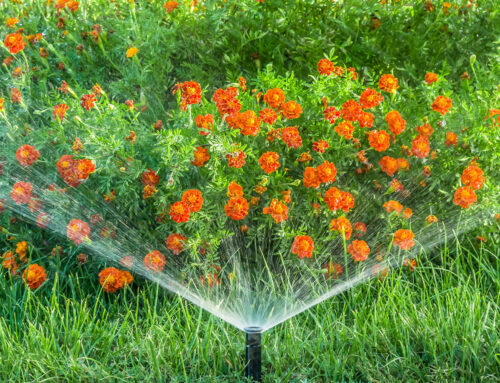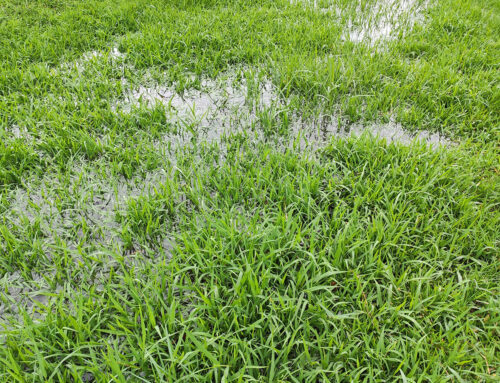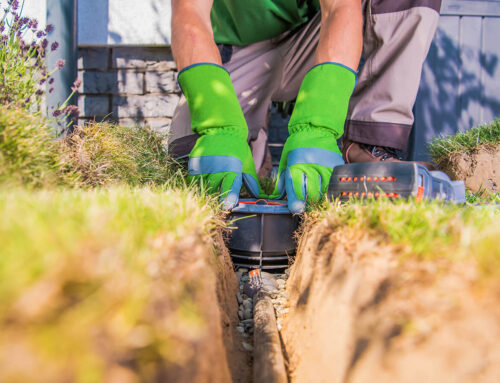Many homeowners believe they know the best way to water their lawns, but common irrigation myths often lead to wasted water, unhealthy grass, and higher costs. Misinformation can result in poor watering habits that do more harm than good.
Let’s set the record straight by exposing the most persistent lawn irrigation myths – and why professional services are the key to a greener, healthier lawn.
Myth #1: Watering at Any Time of Day Works the Same
Timing plays a crucial role in lawn irrigation, yet many believe that watering whenever convenient produces the same results. In reality, watering at the wrong time can lead to wasted water, poor absorption, and increased lawn diseases.
The Best Time to Water
Early morning, ideally between 4 a.m. and 10 a.m., is the best time to water. The cooler temperatures allow water to soak into the soil before the sun causes evaporation. Grass blades also have time to dry before nightfall, reducing the risk of fungal growth.
Why Midday and Evening Watering Are Problematic
Watering in the middle of the day, when the sun is at its peak, leads to excessive evaporation, meaning much of the water never reaches the roots. Evening watering, while avoiding heat-related loss, leaves grass damp overnight, creating the perfect conditions for mould and brown patch disease, a common fungal infection that causes unsightly brown patches on lawns.
Professional irrigation services will ensure your lawn receives water at the optimal time, using programmable systems that maximize efficiency and promote deep, healthy root growth.
Myth #2: The More Water, the Healthier the Lawn

Many believe that drenching a lawn will make it lush and green, but overwatering can do more harm than good. Excessive moisture suffocates roots, encourages fungal diseases, and weakens turfgrass, making it more susceptible to stress and pests. A well-maintained lawn needs the right amount of water – not just more of it.
The Dangers of Overwatering
Overwatering prevents oxygen from reaching the root zone, leading to shallow root growth and weak grass. This makes lawns more dependent on frequent watering and less resilient during dry periods.
Standing water can also create the perfect conditions for fungal diseases such as Pythium blight, which thrives in overly moist soil and causes greasy, matted patches of dead grass.
Why Less Can Be More
According to a study, lower irrigation rates decrease turfgrass aesthetic values, cooling potential, and CO₂ efflux, with different rates for each turfgrass species (Iradukunda et al., 2024).
This means that while grass needs water to stay healthy, excessive watering can also alter its appearance, reduce its natural cooling effect, and impact its role in carbon absorption. Instead of flooding a lawn, it’s crucial to apply the right amount of water based on soil type, grass species, and climate.
Experts can design irrigation schedules that promote deep, infrequent watering, encouraging strong root systems that support healthier, drought-resistant lawns. Professional systems also use moisture sensors and smart controllers to adjust watering based on real-time conditions, preventing unnecessary water use and ensuring optimal lawn health.
Myth #3: Irrigation Systems Waste Water
Some homeowners assume that irrigation systems are inefficient and lead to excessive water use. In reality, modern irrigation technology is designed to minimize waste and maximize efficiency, ensuring lawns get the right amount of water without overuse.
How Traditional Watering Methods Waste Water
Manual watering with a hose or sprinkler often results in uneven coverage, runoff, and overwatering, especially when done without a proper schedule. Without precise control, water can pool in certain areas while missing others, leading to weak, patchy grass and higher water bills.
The Efficiency of Modern Irrigation Systems
Professionally installed irrigation systems use smart controllers, moisture sensors, and zone-specific setups to deliver water only where and when it’s needed. Methods such as drip irrigation in Toronto have gained popularity because they apply water directly to the root zone, reducing evaporation and runoff.
Myth #4: Rain Is Enough for a Healthy Lawn
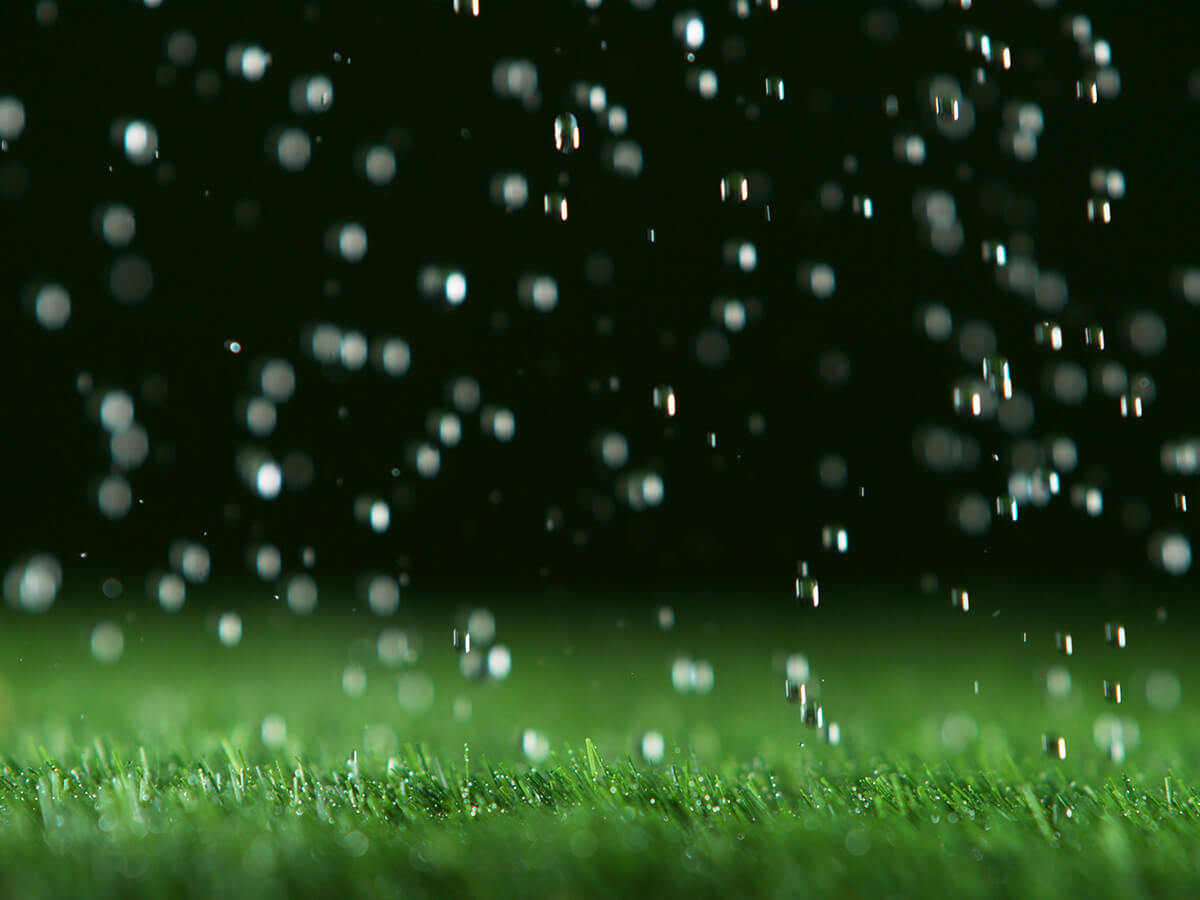
Relying solely on rainfall might seem like a natural way to maintain a lush lawn, but it often leads to inconsistent watering and unhealthy grass. While occasional rain provides moisture, it rarely delivers the precise amount needed for strong root development and long-term health.
Uneven Water Supply from Rainfall
Rainfall is unpredictable – some weeks bring excessive water, while others leave the soil dry. A heavy downpour may seem beneficial, but much of it runs off before it can soak deep into the ground. On the other hand, extended dry spells can weaken grass, making it more vulnerable to disease, weeds, and drought stress.
The Importance of Controlled Irrigation
Unlike rain, a professionally installed irrigation system provides consistent and measured watering, ensuring grass receives the right amount of moisture at the right time. Modern systems adjust based on soil conditions and weather patterns, preventing both overwatering and dehydration.
Myth #5: All Sprinkler Systems Work the Same
Many homeowners assume that any sprinkler system will provide adequate lawn irrigation, but not all systems are designed equally. Differences in technology, design, and installation quality play a major role in efficiency, water conservation, and lawn health.
Variations in Sprinkler Technology
Sprinkler systems come in several types, including rotary heads, fixed spray heads, and drip irrigation. Each serves a different purpose – rotary heads cover large areas efficiently, while drip irrigation delivers water directly to roots, minimizing waste. Using the wrong type for a specific lawn layout can result in uneven watering, runoff, and dry patches.
Smart Irrigation vs. Basic Systems
Older, manual systems operate on simple timers, running at set intervals regardless of weather conditions. Modern smart irrigation systems adjust based on real-time factors like soil moisture, rainfall, and temperature, ensuring the lawn gets the right amount of water without overuse.
Get the Facts – And a Healthier Lawn
Believing common irrigation myths can lead to wasted water, higher costs, and an unhealthy lawn. A professionally installed sprinkler system in Toronto ensures efficient watering, saving time and money while keeping your grass vibrant year-round.
For expert irrigation solutions, trust EZ Lawn Sprinklers. Call (416) 580-3939 today to schedule a consultation and keep your lawn in peak condition!
